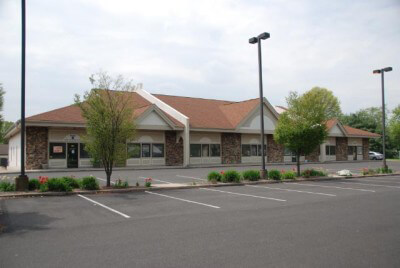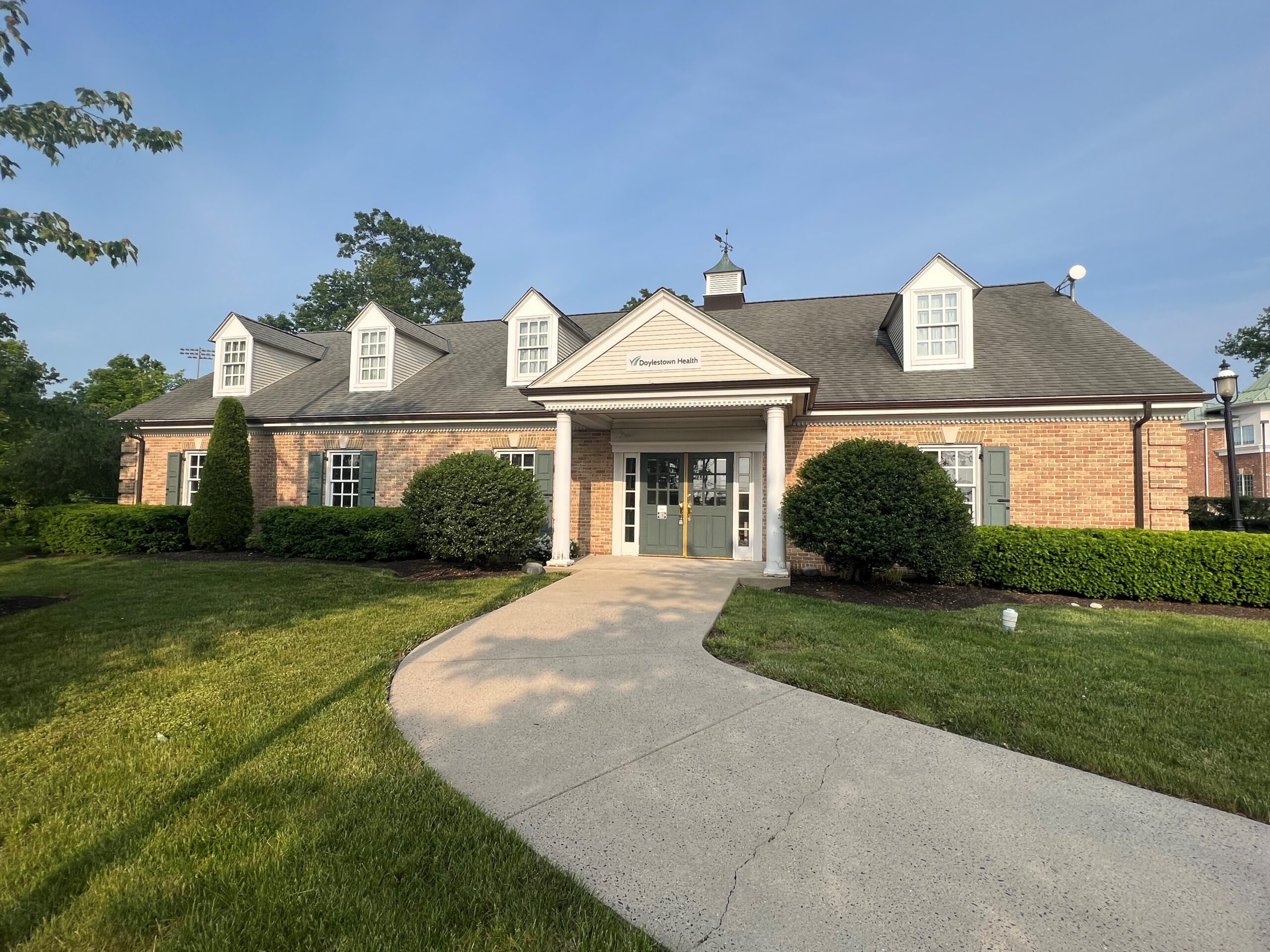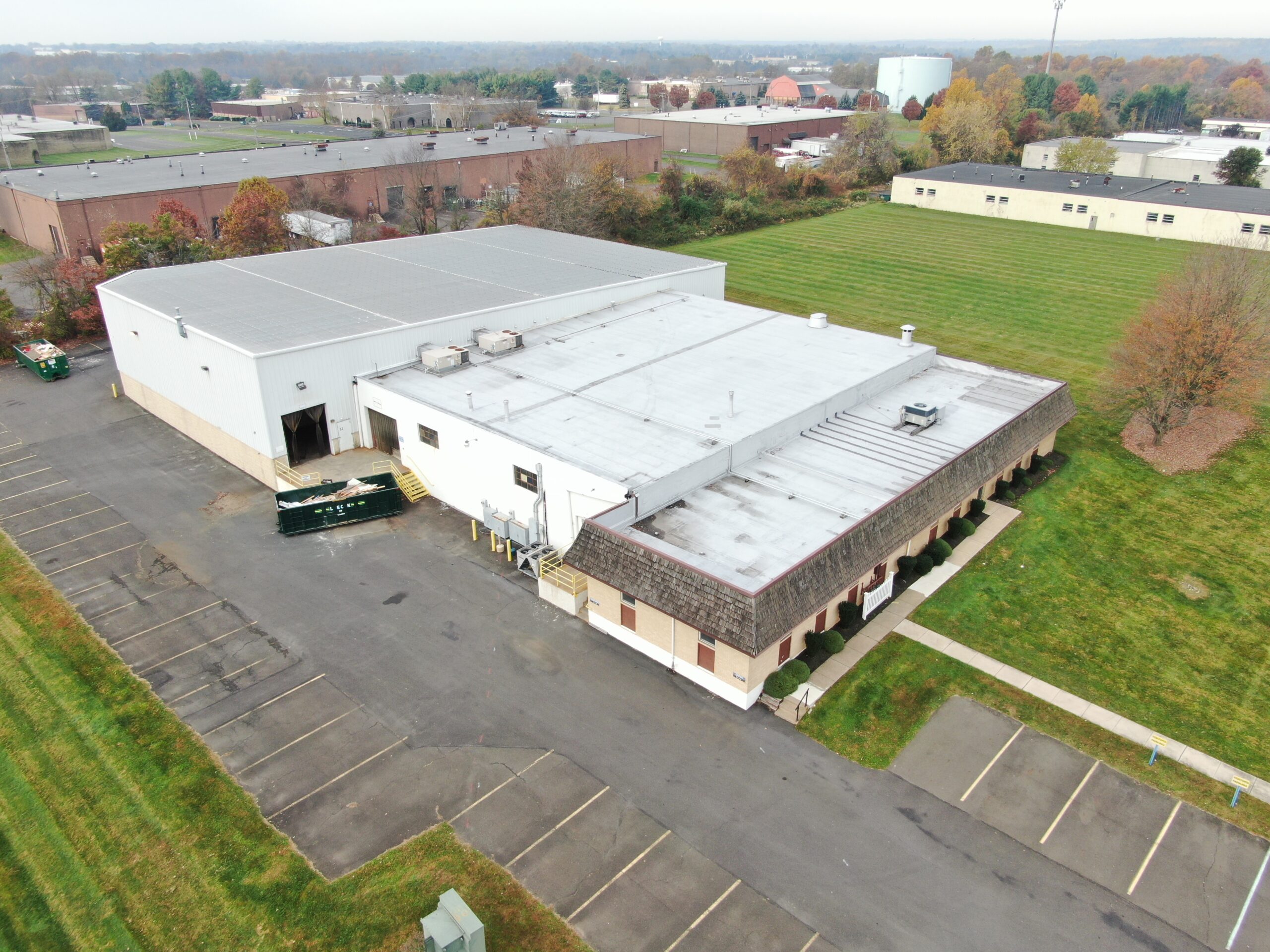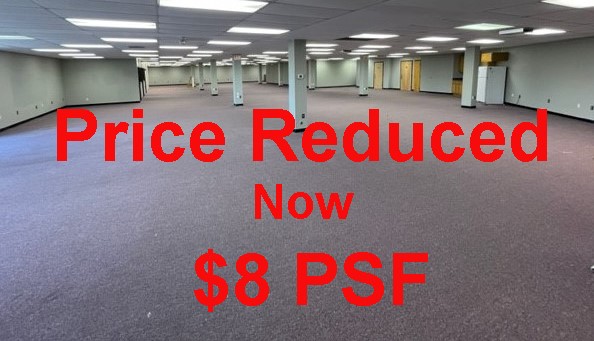 Most taxpayers now know about the benefits of tax-deferred exchanges allowed under section 1031 of the Internal Revenue Code but many don’t know about reverse exchanges. A reverse 1031 exchange is a strategy used when an investor intends to acquire the replacement property prior to conveying title of the relinquished property to a buyer. The most common situations that lead to a reverse exchange are as follows:
Most taxpayers now know about the benefits of tax-deferred exchanges allowed under section 1031 of the Internal Revenue Code but many don’t know about reverse exchanges. A reverse 1031 exchange is a strategy used when an investor intends to acquire the replacement property prior to conveying title of the relinquished property to a buyer. The most common situations that lead to a reverse exchange are as follows:
- The investor must settle on the replacement property or lose substantial down monies and/or favorable financing.
- Contingencies on the sale of the relinquished property have not been removed.
- A buyer for the relinquished property has not been found or falls through at the last minute and the closing on the replacement property cannot be postponed without jeopardizing the transaction.
In the year 2000, after years of structuring reverse exchanges without guidance, IRS issued Revenue Procedure 2000-37 providing a “safe harbor” allowing qualified exchange accommodation arrangements (QEAA) which is essentially a “parking” arrangement. As an exchange is considered the continuation of the original investment, the investor cannot own both the relinquished and the replacement properties at the same time. To facilitate the reverse exchange, title to either the relinquished or the replacement property is held by an Exchange Accommodation Titleholder (EAT) until the relinquished property can be conveyed to a buyer. The qualified intermediary often provides EAT services; typically through an affiliate company created specifically to provide EAT services. The Revenue Procedure allows the EAT to “park” title for a maximum of 180 days. If the replacement property is parked with the EAT, the relinquished property must be designated in writing within 45 days.
It is possible to structure a reverse exchange outside the safe harbor of this revenue procedure if it will take longer than 180 days to convey title of the relinquished property to a buyer. A non “safe harbor” reverse exchange is structured a little differently than one that would be completed within 180 days.
 In today’s market, investors often locate the replacement property before putting the relinquished property on the market. This strategy has been preferred because investors want the time to locate the desired replacement property without the pressure of the 45-day identification period as required by the regulations. The reverse exchange provides the investor the opportunity to sell the property at market value without forcing a fire sale. A reverse exchange can also afford the investor the opportunity to complete improvements on the replacement property prior to giving up the relinquished property which is often essential when relocating a business.
In today’s market, investors often locate the replacement property before putting the relinquished property on the market. This strategy has been preferred because investors want the time to locate the desired replacement property without the pressure of the 45-day identification period as required by the regulations. The reverse exchange provides the investor the opportunity to sell the property at market value without forcing a fire sale. A reverse exchange can also afford the investor the opportunity to complete improvements on the replacement property prior to giving up the relinquished property which is often essential when relocating a business.
To acquire the property, the EAT borrows the funds from the investor or most often from the investor and a third party lender. Many lenders are now very open-minded to a reverse exchange transaction. During ownership by the EAT, the EAT leases the property to the investor through a triple net lease which gives the investor the opportunity to report the income and expenses on investor’s tax return.
Reverse exchanges do take a little more planning and cost slightly more than a typical straight forward exchange but are certainly well worth the time and expense to preserve the tax-deferral treatment under section 1031.
Reverse exchanges truly help make the impossible, possible.











